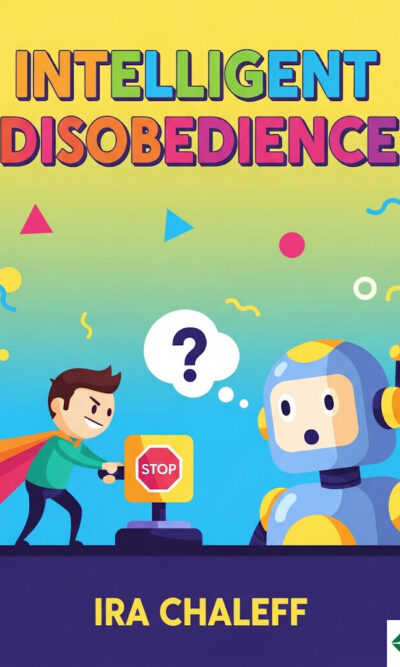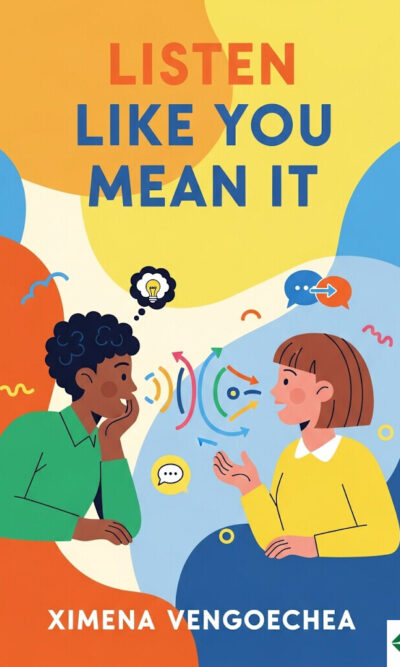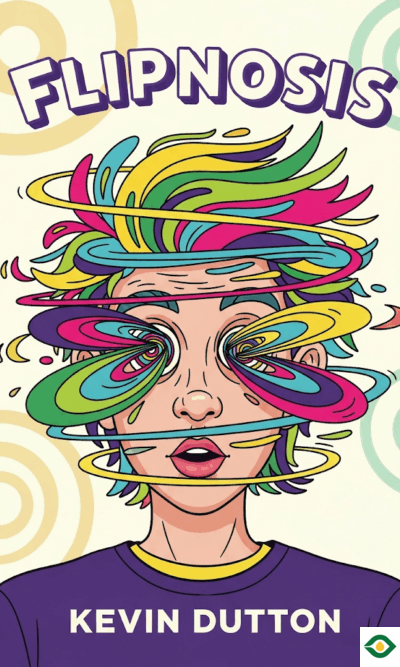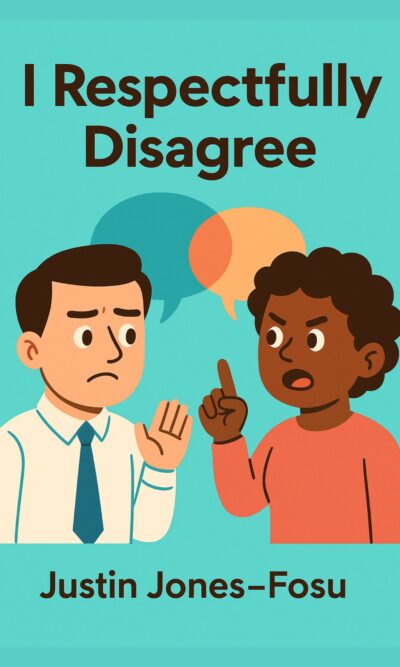Description
The internet has given us endless possibilities for connection, knowledge, and creativity. But along with these benefits has come something much harder to understand: trolling. Trolling refers to people who disrupt conversations online, often using humor, sarcasm, or provocation. Some people see trolls as destructive troublemakers. Others see them as jesters who expose weaknesses in culture, media, and human behavior. The truth lies somewhere in between. Trolling is a mirror that reflects both the best and worst of internet life.
At first, the word “troll” was mostly an insult. In the early days of online communities, trolls were seen as obstacles to healthy conversation. They hid behind anonymity, posting messages meant to disrupt or confuse. But as the internet grew, trolling itself evolved into a subculture. Some people began to call themselves trolls proudly, creating their own rules, language, and style of humor. What began as random acts of disruption grew into a culture with inside jokes, memes, and rituals.
One of the central ideas behind trolling is something called “lulz.” Lulz is a form of humor built on provoking reactions. When someone is shocked, upset, or confused, trolls find it funny. The troll’s joy does not come from kindness but from watching others lose their calm. While this may sound cruel, lulz also reveals how humor can be used to challenge authority, expose hypocrisy, or make people question what they take for granted.
Not all trolling is aggressive or harmful. Some examples are lighthearted, almost like schoolyard pranks. A famous case is “Rickrolling,” where someone shares a link that seems important but actually leads to a music video of Rick Astley singing “Never Gonna Give You Up.” This type of trolling is mostly harmless fun. But there are also darker versions that cross lines into bullying, cruelty, and harassment. The wide spectrum of trolling makes it difficult to place it neatly in one category of “good” or “bad.”
Trolling has had a major influence on internet culture, especially through memes. In the early days, memes were often created inside troll communities such as 4chan. They were strange, humorous, and sometimes confusing images or phrases that only insiders could fully understand. Over time, memes escaped these smaller communities and spread across the internet. Today, memes are one of the most common ways people communicate online. They can be silly, sarcastic, or deeply political, and their roots go back to trolling culture.
But trolling is not only about humor and jokes. It can also touch on deeper issues in society. A controversial example is “RIP trolling.” In the late 2000s, many Facebook groups were created to mourn young people who had died. These groups were often public, allowing anyone to post messages. Trolls began leaving offensive comments mocking the deceased. At first, this behavior seemed shockingly cruel. But some argued that trolls were also pointing out uncomfortable truths. They claimed to be targeting not the families but “grief tourists,” strangers who expressed fake sympathy just to be part of the public drama. By mocking these groups, trolls highlighted how media and social networks sometimes turn personal tragedies into spectacles.
This brings us to an important point: trolling and mainstream media are not as different as they may seem. Both thrive on spectacle, emotion, and attention. When the media sensationalizes tragedies or scandals for ratings, it is not so far from trolls seeking reactions for lulz. In fact, trolls often parody media behavior, exposing how shallow and exaggerated it can be. A famous example was when Fox News aired a report calling trolls “domestic terrorists” and an “Internet Hate Machine.” Instead of being shamed, trolls celebrated this description, spreading the clip widely online. The very act of media outrage gave trolls the attention they wanted, fueling their subculture even more.
Yet trolling is not only about destruction. It has also been used for activism and social change. In 2008, the group known as Anonymous organized “Project Chanology,” a campaign against the Church of Scientology. After a leaked video of Tom Cruise praising the church was taken down, Anonymous launched protests both online and in the real world. Wearing masks, they gathered outside Scientology centers to mock and criticize the organization. In this case, trolling tactics were used to defend free speech and call out an institution they saw as harmful.
Other examples show trolling being used to defend communities or protect public resources. In Troy, Michigan, when a local library faced closure due to budget cuts, a group of advertisers used trolling-style tactics to rally support. They created a fake campaign promoting a “book burning party,” which shocked residents. The outrage brought attention to the issue, and in the end, people voted to raise taxes slightly to save the library. What looked like a cruel prank actually helped protect a valuable public service.
Even governments have recognized the power of trolling-style strategies. In 2012, the U.S. State Department launched a program called Viral Peace, which used humor, satire, and mockery to weaken the influence of violent extremist groups online. The idea was to fight harmful propaganda using the same tools that trolls had been using for years. This shows that trolling techniques, while often associated with chaos, can also be directed toward constructive goals.
Still, it would be wrong to ignore the harm that trolling can cause. When targeted at individuals, it can become a form of harassment or bullying, leaving real emotional scars. The anonymity of the internet makes it easy for people to say things they would never say face to face. While some trolling is social critique, other forms are simply cruelty without purpose. The challenge is telling the difference and recognizing when trolling stops being commentary and becomes abuse.
At its heart, trolling is a complex cultural phenomenon. It mixes humor, cruelty, creativity, and activism. It shows how people use the internet not just to connect but to challenge and disrupt. Trolls can be cruel pranksters, but they can also be cultural critics who force us to look at uncomfortable truths. They remind us that the internet is not only a place of civility and kindness but also of raw, unfiltered expression.
The lesson from trolling is that online behavior reflects human behavior. Just as societies have tricksters, jesters, and rebels, the internet has trolls. They push boundaries, break norms, and often make us uncomfortable. But in doing so, they reveal what matters to us, what we fear, and what we value. Trolling is not simply about bad manners. It is about how humans use freedom, anonymity, and humor in a digital world.
In the end, trolling is a reminder that the internet is still young. We are still learning how to live with so much openness, speed, and connection. Trolls, with all their laughter, cruelty, and disruption, are part of that story. Whether we see them as villains or jesters, they force us to reflect on the kind of online world we want to build.





